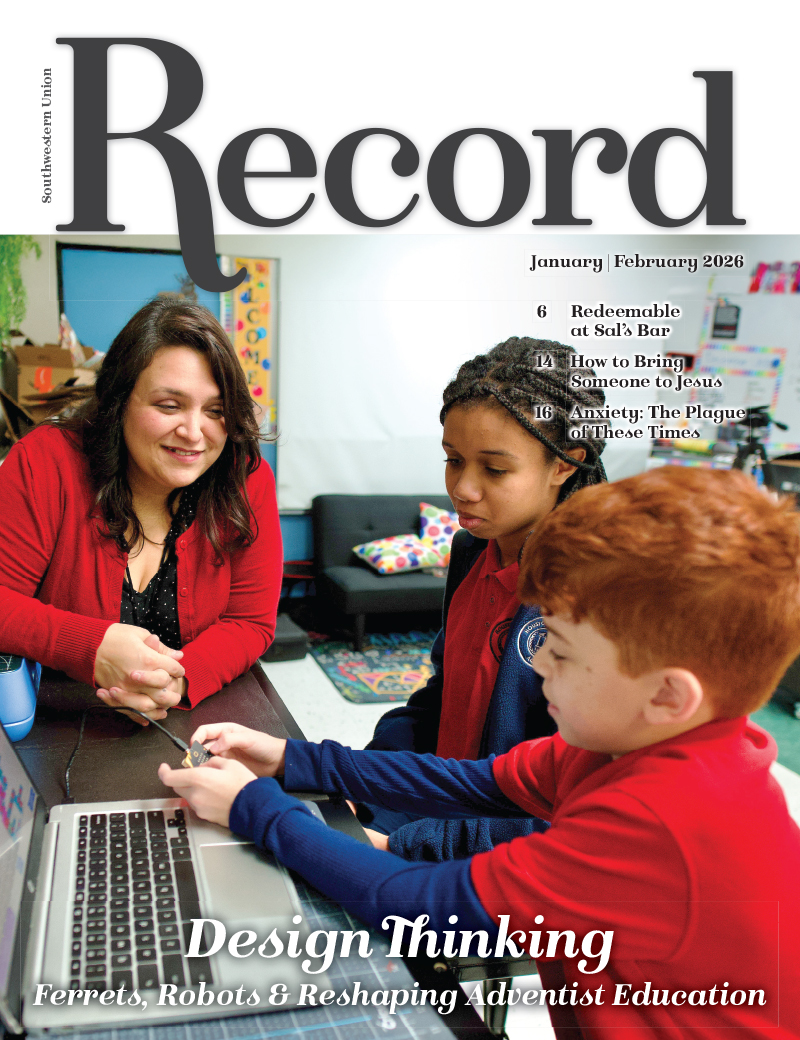Church for Everyone

As a church, we want our kids to grow in relationships with Jesus. We want them to know that God loves them and that there is a place for them within His family. Sometimes it is hard to communicate these things to kids in effective ways. In my experience as an educator and principal, and now as a pastor, I’ve found the following approaches to be effective in reaching and engaging kids and their families in ministry. We want to partner with families in a way that acknowledges their everyday lives while helping them to become more intentional at home and more connected to a community of faith. We want every child to feel loved and secure within the body of Christ.
Creating an Environment
Well-decorated rooms and intentionally-themed programs are wonderful. Kids feel valued when there is a unique environment that they recognize is for them.
1. If Vacation Bible School (VBS) is the annual evangelistic event for your children’s ministry program, go all out with the whole church. Make VBS a part of your corporate worship and don’t be afraid to disrupt even the platform look for this special time.
2. It’s great when kids are able to participate in the creation of their space. Whether they choose colors, set-up classroom verses and themes or create artwork for display, kids’ engagement in the process creates a sense of belonging.
Make It Real
People struggle when the things they learn don’t have a practical tie to their everyday lives. This is why it is so important to involve kids in what the body of Christ looks like in action.
3. The most important environment we can create in a church is a relational one where kids feel like they are important and are active participants in what they experience. Kids can do anything if we’ll take the time to train them. Whether it’s running media, taking offering or being a greeter, trusting kids to use the talents the Spirit has given them has an impact on how they see both the church and God.
4. Give kids experiences that allow them to put themselves in someone else’s shoes and see things from other perspectives. Gathering toys and Bibles for migrant children or supplies for the homeless engages kids with people whom God loves but with whom they might not otherwise have the chance to interact.
5. Put kids in charge of creating their own worship experiences. Be flexible. You may end up with something completely different than what you’ve done before, but it will be an expression of worship in which the kids are interested and personally invested.

Ask the Right Question
If our primary worry is about “what” we’re teaching kids, we may be blind to what they are already learning or missing out on. “How are we teaching them?” is oftentimes the more pertinent question. What are the things they should be experiencing that will set them up for how they will process faith as adults? If we focus on telling kids the correct things about Jesus rather than helping to discover Him themselves, there’s a good chance that they’re going to miss the point.
6. Don’t ignore activity-based learning. Kids need a tangible experience to launch their understanding. The Bible is full of this kind of learning (the sacrificial system, Passover, baptism, the Lord’s Supper, etc.). For example, a family-oriented communion or anointing can be a powerful experience for both parents and kids.
7. Teach kids in a way that builds critical thinking. Be intentional in modeling how to ask questions that lead not just to intellectual understanding, but also to emotional understanding and empathy. Remember, the Bible story isn’t really over until kids have the tools to know what to do with it—until they are able to find out how it applies to their life.
8. Listen to kids’ questions and answers (both their own answers to questions they ask and answers peers might provide). Discuss the thought processes together. Don’t just provide the “correct” answer. Help them to grow and be willing to learn from them.
Partnering with Parents
Most people’s first thought when they begin working in Children’s Ministries is probably not, “I’m here to partner with parents!” But maybe it should be. The reality is that no one has more influence in the life of a child than a parent.This is part of God’s design and yet it is not always something that we take into consideration when we develop our children’s ministries strategies.
9. Design some of your worship experiences to be family oriented rather than drop-off or age grouped. Have kids lead out not only in elements like prayer and music, but also involve them in planning or delivering the message creatively.
10. Set up programs so that families can engage in experiential learning and conversation and grow together. “Messy Church” is a good example of this type of program. At the Arlington Seventh-day Adventist Church, “Messy Church” is a once-monthly time when families come together to enjoy being together, making things together, eating together and celebrating God together through His Word, through music and through prayer. It is a worshiping community of all ages, centered on Christ—giving people a chance to express their creativity and have fun within a church context.
11. Ask parents about areas where they are struggling, where they need ideas or guidance, and help provide resources that support them in their parenting journey. This may be expert speakers, books and other media, or simply connecting them to other families within the community who can walk the parenting road together.

By Allison Casillas, Arlington Seventh-day Adventist Church Children’s Ministries Pastor


